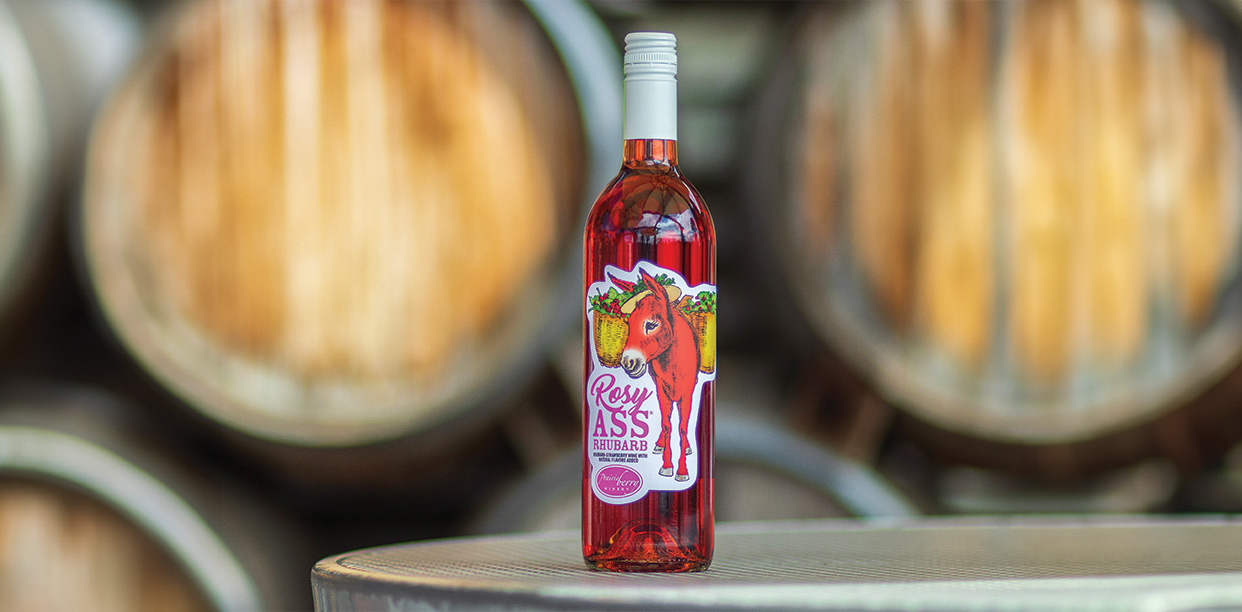Follow these tips to keep your Prairie Berry wines from spoiling.
Wine is kind of finicky. It doesn’t like to get too hot, too cold, too shaken, or too old.

• PRAIRIE BERRY WINERY | OUR WINES •
Wine is kind of finicky. It doesn’t like to get too hot, too cold, too shaken, or too old.

Drink soon. Only about 5 percent of the wines sold in this country are purchased to cellar long-term. The style of wine we make is best consumed within two years of purchase.
Share with a friend. Once open, all wine is best consumed within 1-3 days. Sweeter wines may be kept a day or two longer.
Keep it cool. Preferably a stable, cool (50-60°F) place, such as the bottom of a basement closet. Storing wine too cold or too warm, or wild temperature fluctuations can all have negative effects on the taste.
Avoid light. UV rays can cause oxidation.
Hold still. Keep wine away from vibrations (like on top of the refrigerator), as this can (believe it or not) disrupt it on a molecular level, causing it to lose flavor intensity.
Plan ahead. Dry red wines are best served at a cool room temperature, 50-55°F. Dry whites, a bit cooler, at 45-50°F (put in fridge for 20 minutes right before serving).
A sweeter wine should be served well-chilled at around 40-45°F. If it’s been in the fridge all day, let it sit out for 20 minutes or so before pouring.
Stelvin tips. When preparing to open, simply twist and remove the Stelvin screwcap. No cork means no corkscrew, no “cork taint” AND you can store the bottle upright. DO handle the top of the bottle gently.
The seal on the inside edge can get damaged if you drop the bottle or bang it too hard — air then leaks in, and weeks or months later, the wine is ruined.
One reason wine bottles were originally designed with the indentation, or “punt” in the bottom, was to allow these natural elements to settle out, instead of being poured into the glass.
Light colored tartaric acid crystals form if the wine gets too cold, or you may find sediment from the grape or fruit. Besides allowing it to settle in the bottle, you can use a wine filter or pour into a decanter at a gentle angle. Don’t fear “floaties” but you don’t want them in your glass, either.
Burp the bottle (well, sort-of). If storing for a day or so after opening, you CAN replace the Stelvin lid, but are best off using some type of wine preservation system such as a Vacu-Vin that removes the air from the bottle to slow down the deterioration of the wine.
This is especially true for delicate dry white wines which can turn quickly. Store resealed bottles in the refrigerator.